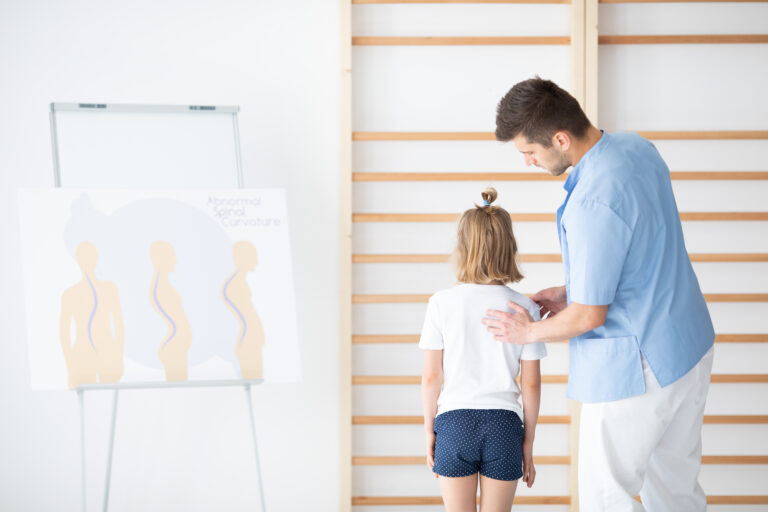
In this article, we’ll discuss all aspects of spine deformity, from its causes to the various treatment options available. We’ll also provide tips on how to reduce the risk of developing this condition.
What Is Spine Deformity?
Spine deformity is a condition that affects the spine, causing it to curve abnormally. The curve may be in the upper or lower back, or both.
There are several different types of spine deformity, each with its own set of causes and symptoms. Some of the most common types include scoliosis, kyphosis, and lordosis.
An estimated 60% of people over age 60 may have mild degenerative scoliosis
If you think you or someone you know may have spine deformity, it’s important to get checked out by a doctor. Treatment will vary depending on the type of deformity but may include surgery, braces, or physical therapy.
What Are the Causes of Spine Deformity?
There are many different causes of spine deformity, some of which are preventable.
Some common causes include:
- Congenital abnormalities. These are conditions that are present at birth, such as scoliosis, which is a sideways curvature of the spine.
- Diseases. Diseases that can lead to spine deformity include polio, osteoporosis, and tuberculosis.
- Neuromuscular disorders. Disorders that affect the nervous system and muscles, such as cerebral palsy and muscular dystrophy, can cause spinal deformity.
- Trauma. An injury to the spine, such as from a car accident, can cause deformity.
- Tumors. Benign (noncancerous) and malignant (cancerous) tumors can cause spinal deformity.
If you’re worried that you or your child may have a spine deformity, it’s important to see a doctor right away. Early diagnosis is key to getting the best treatment possible.
What Are the Symptoms of Spine Deformity?
So what are the symptoms of spine deformity? It can vary depending on the type of deformity, but common symptoms include,
- Cosmetic appearance with hunchback shoulders
- Asymmetric shoulders
- Weakness
- Tingling, and
- Difficulty walking.
If you’re experiencing any of these symptoms, it’s essential to see a doctor right away. Deformities can worsen over time if left untreated, so it’s essential to get checked out as soon as possible.
How Is Spine Deformity Diagnosed?
The most common way to diagnose spine deformity is through a physical examination. Your doctor will look at your back and check for any abnormalities. They might also order imaging tests like an X-ray, MRI, or CT scan to get a more detailed look at your spine.
These tests can help identify the type and severity of the deformity. Once your doctor understands what’s going on, they can develop a treatment plan that’s best for you.
What Are the Treatment Options for Spine Deformity?

Well, the first step is to diagnose the deformity and determine its cause. Once you know that, you can start to treat it. There are many different treatment options available, depending on the severity of the deformity and the cause.
Some treatment options include:
- Spine surgery
- Bracing
- Physical therapy, and
- Orthotics
Some people may also need medication to help control pain.
What Is the Prognosis for People With Spine Deformity?
Generally, it’s pretty good. We have some pretty amazing technology and treatments available today. But that doesn’t mean it’s a walk in the park.
There’s a lot of hard work involved in recovering from spine deformity, but with the help of our team of specialists, most people can make a full recovery. It may take time and some setbacks along the way, but with patience and determination, you can overcome spine deformity and get your life back on track.

